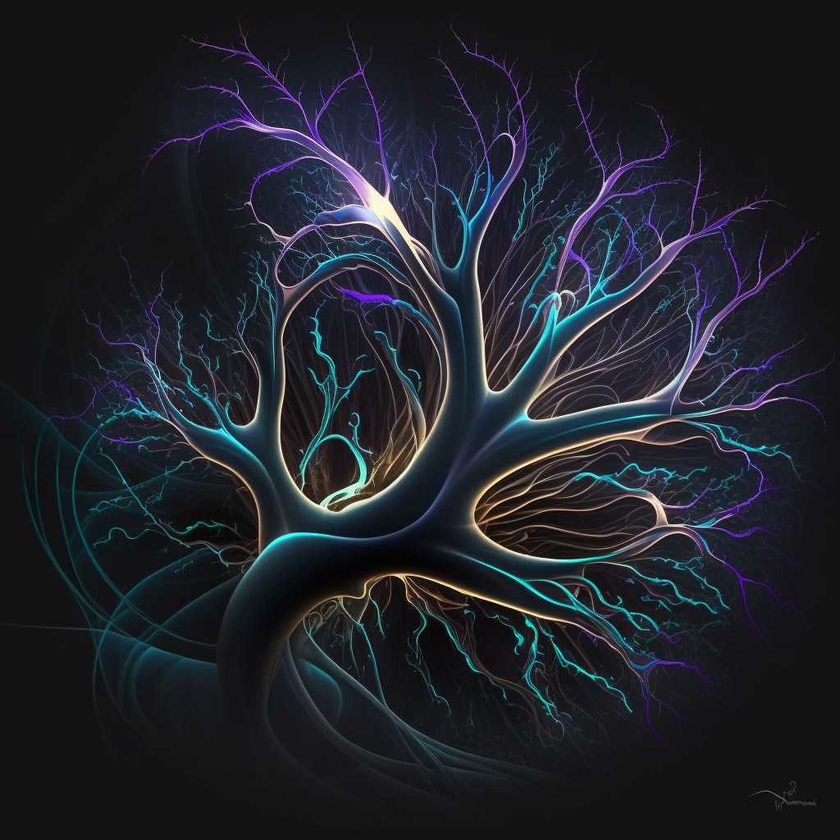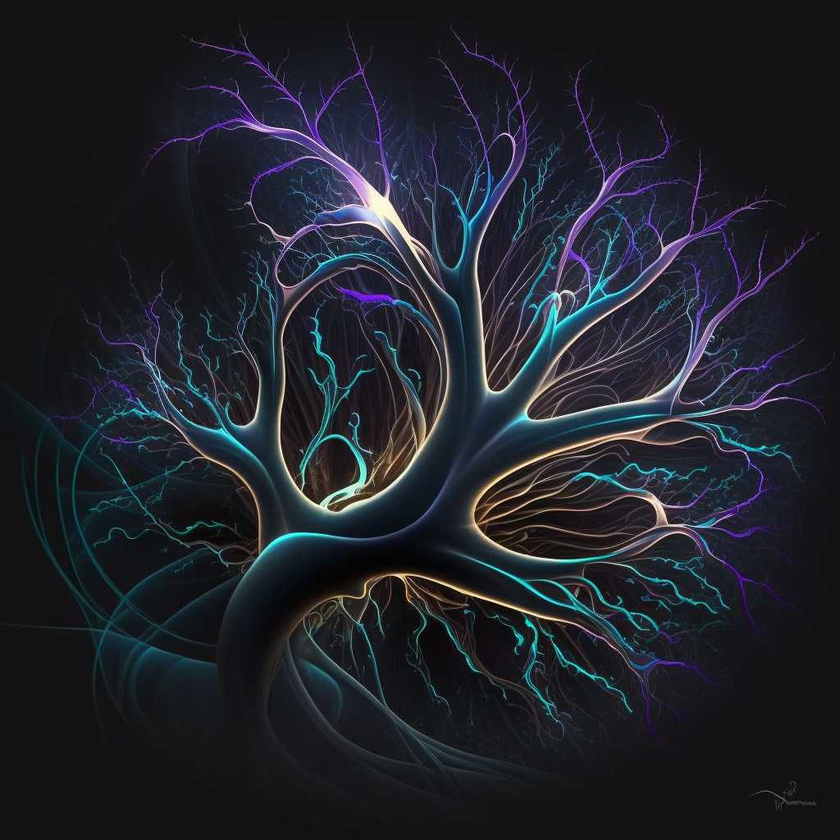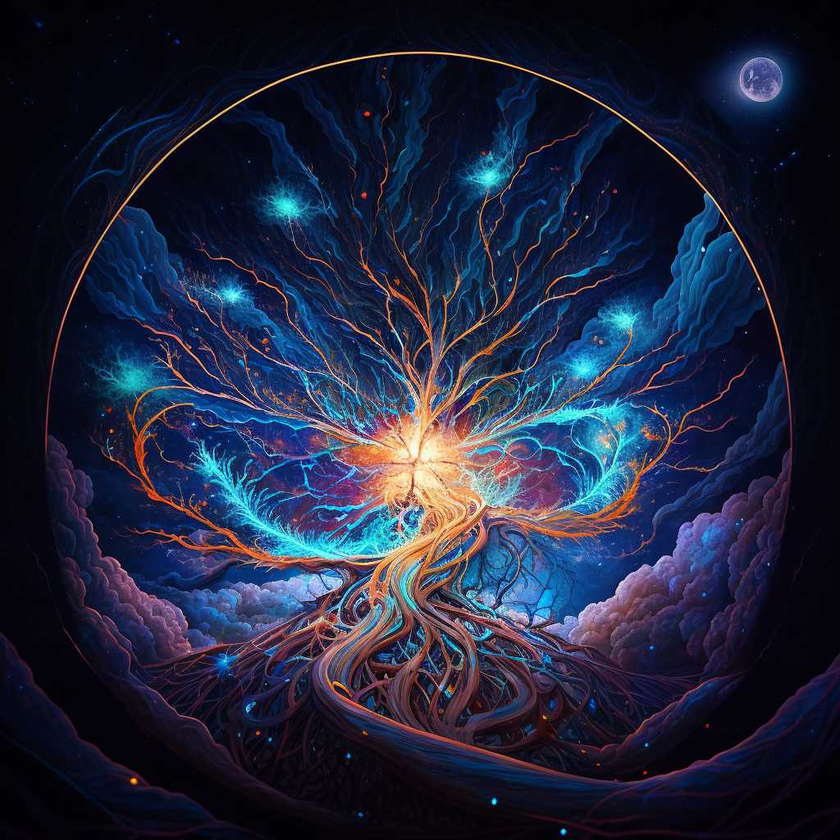Abstract:
The Expanding Vibrational Web Theory introduces a novel framework for understanding the connections between fundamental forces underlying the fabric of our universe. This article explores how this new theory approaches the nature of the strong nuclear force and examines current evidence that supports the claims of the Expanding Vibrational Web Theory.
Introduction:
The quest to understand fundamental forces in nature has led to the discovery of the strong nuclear force, responsible for holding atomic nuclei together and binding quarks within protons and neutrons. Despite its importance in our understanding of particle interactions, integrating the strong nuclear force into a unified theoretical framework remains a challenge. The Expanding Vibrational Web Theory offers an innovative perspective by invoking interconnected vibrational probability waves to provide a cohesive explanation for the strong nuclear force.
The Expanding Vibrational Web Theory and Strong Nuclear Force:
The Expanding Vibrational Web Theory postulates that our universe is governed by an underlying structure composed of interconnected vibrational probability waves, responsible for particles, energy, and forces' emergence. Specific resonances and vibrational states within this web define the characteristics and interactions between particles and the fundamental forces governing their behavior.
When examining the strong nuclear force in the context of the Expanding Vibrational Web Theory, its effects are described as resulting from specific vibrational patterns within the quantum web. The strong nuclear force's characteristic strength and short-range properties would be explained as emergent properties of these intrinsic vibrational states, with the interactions between quarks and gluons reflecting these patterns' complexity.
Supporting Evidence:
While the Expanding Vibrational Web Theory is an emerging area of research, various lines of evidence from quantum mechanics and particle physics can lend support to the theory's framework:
1. Chromodynamics and Quark Confinement: Quantum chromodynamics, the presently accepted theory for the strong nuclear force, already alludes to the vibrational nature of interactions between quarks and gluons. This similarity could be indicative of a deeper connection between the Expanding Vibrational Web Theory's principles and established understanding of strong nuclear force interactions.
2. Strong-Force Universality: The Expanding Vibrational Web Theory's interconnected web would allow it to address the observed universality of the strong nuclear force, explaining why interactions between different particles still result in the same fundamental force.
3. Resonance Phenomena: Evidence from particle physics experiments, such as particle resonance, could lend credence to the theory by suggesting that certain particles emerge due to specific, inherent vibrational interactions within the proposed quantum web.
4. Analogies from Holography: Recent developments in holographic theories propose that certain aspects of the universe's behavior can be described by lower-dimensional boundary interactions. This idea aligns with the Expanding Vibrational Web Theory's emphasis on underlying quantum structures as key drivers for emergent phenomena like the strong nuclear force.
Conclusion:
The Expanding Vibrational Web Theory promises an innovative outlook on the strong nuclear force by considering it as an emergent property of a universal vibrational network. By claiming that the force's characteristic properties stem from precise interactions within this quantum web, the theory could potentially help bridge the gap between the strong nuclear force and other fundamental forces. Further research, theoretical developments, and empirical evidence are necessary to validate and refine the Expanding Vibrational Web Theory, potentially contributing to the much sought-after unified understanding of fundamental interactions in physics.
















